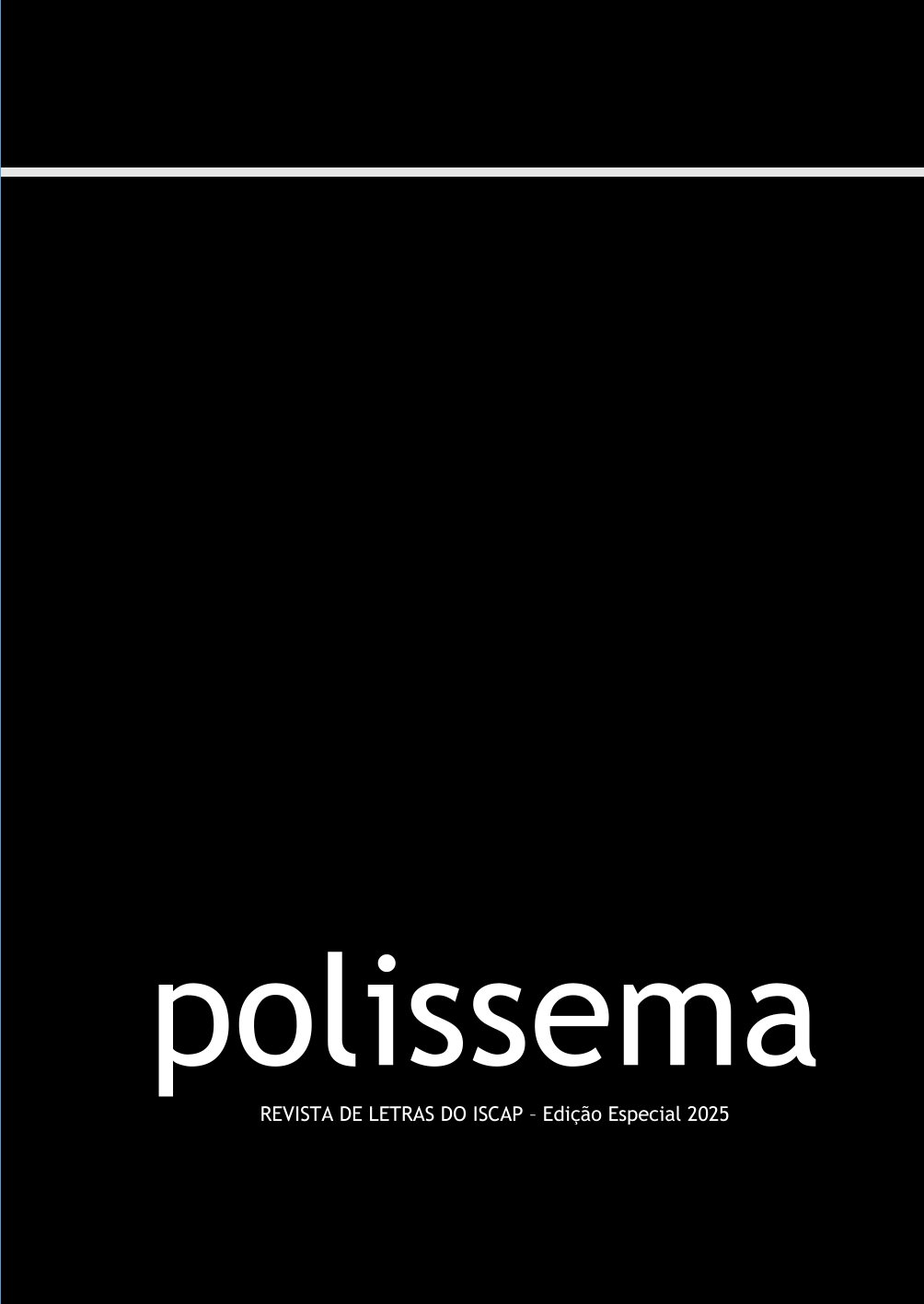THE TRANSLATION OF INTERTEXTUALITY IN AUDIOVISUAL TEXTS IN THE LIGHT OF TEXTUAL ANALYSIS OF MICHELANGELO ANTONIONI'SBLOW UP, AND JULIO CORTÁZAR'S ‘LAS BABAS DEL DIABLO’
DOI:
https://doi.org/10.34630/polissema.v1i25.6100Keywords:
Translation, intertextuality, textual analysis, unconscious subjectAbstract
This paper analyzes the adaptation of literature to film, taking as a case study the transposition of Cortázar's “Las babas del diablo” to Antonioni's Blow up. Through an intertextual analysis of key sequences, we will focus on two main challenges that arise when studying this type of adaptation from the perspective of intersemiotic translation.
Firstly, it is often assumed that the structural similarities between both works are the direct result of the adaptation. However, this analysis suggests that certain structural elements of the literary text persist in the film, not only due to a successful intersemiotic translation, but because of the logic that governs the determined structure inherent in artistic creation, which often gives rise to common cultural and aesthetic elements. Another challenge arises from the misconception that the analysis of intersemiotic translation can exhaustively encompass all the textual components involved in the adaptation process. However, this complex creative operation, conditioned by both conscious and unconscious elements and by the heterogeneity of artistic language, especially cinema, presents a complexity that demands an interdisciplinary approach.
The analysis of the sequences in Blow up reveals a deep imprint of Cortázar's original story, which manifests itself in a subtle way even in those moments when Antonioni seeks a more personal interpretation. Thus, the surprising similarity between the protagonist of Blow up and the pictorial character, the Angel of Fra Filippo Lippi, mentioned by Cortázar in the story as the visual reference for his character, leads us to hypothesize that Antonioni, when creating his character, was inspired by this painting, consciously or unconsciously. We believe the same occurs with the “white-faced clown” of the literary text that materializes in Blow up in some of the characters played by the mimes.
References
Antonioni, M. (2002). Para mí hacer una película es vivir (1ª ed.). Ediciones Paidós.
Bordwell, D., & Thompson, K. (2008). Film Art: An Introduction (8th ed.). McGraw-Hill.
Cepedello Moreno, M. P., & Melendo Cruz, A. (2013). Narración y sabotaje en “Las babas del diablo” y Blow up. Signa: Revista de la Asociación Española de Semiótica, 22, 227-243. https://doi.org/10.5944/signa.vol22.2013.6351
Cortázar, J. (2006). Cuentos completos. Alfaguara.
Eco, U. (2008). Decir casi lo mismo. La traducción como experiencia. Lumen.
Faro Forteza, A. (2006). Películas de libros. Prensas Universitarias de Zaragoza.
Genette, G. (1989). Palimpsestos. Literatura en segundo grado. Taurus.
Gimferrer, P. (2005). Cine y literatura. Seix Barral.
Jakobson, R. (1975). Ensayos de lingüística general. Seix Barral.
Jakobson, R. (1996). Язык и бессознательное [Lenguaje y el inconsciente]. Gnosis.
Kintsurashvili, M. (2009). კინწურაშვილი, მ. ენა, ტექსტი, ინტერტექსტი. თბილისი: გამომც. სიესტა. [Kintsurashvili, M. (2009). Lenguaje, texto, intertexto. Edit. Siesta].
Kristeva, J. (1978). Semiótica (Vol. 1). Fundamentos.
Kristeva, J. (1986). The Kristeva Reader (T. Moi, Ed.). Columbia University Press.
Gobantes Bilbao, M. (2015). El Texto y el abismo. Diálogos con González Requena. San Soleil.
González Requena, J. (1985). Film, discurso, texto: Hacia una definición del discurso artístico. Revista de Ciencias de la Información, 2, 15-40. http://www.gonzalezrequena.com/resources/1985%20Film,%20discurso,%20texto.pdf
González Requena, J. (1995). El análisis cinematográfico. Teoría y práctica del análisis de la secuencia. Editorial Complutense.
González Requena, J. (1996). El texto: tres registros y una dimensión. Trama & Fondo, 1, 2-32. https://tramayfondo.com/revista/libros/138/1_Jesus-Gonzalez-Requena.pdf
González Requena, J. (2000). Del análisis a la lectura: El texto. En El ser de las imágenes: Volumen III. Del análisis a la lectura: el texto (Memoria de la Cátedra). Universidad Complutense de Madrid. https://gonzalezrequena.com/textos-en-linea-0-2/libros-en-linea/el-ser-de-las-imagenes/volumen-iii-del-analisis-a-la-lectura-el-texto/
González Requena, J. (2006a). S. M. Eisenstein. Lo que solicita ser escrito. Editorial Cátedra.
González Requena, J. (2006b). Clásico, manierista, postclásico. Los modos del relato en el cine de Hollywood. Castilla Ediciones.
Mamardashvili, M. (1998). ლექციები ფსიქოანალიზის შესახებ [Seminarios sobre el psicoanálisis]. Instituto Caucásico de Paz, Democracia y Desarrollo. (Originalmente publicado en 1979 en georgiano).
Uznadze, D. (1940). ზოგადი ფსიქოლოგია [Psicología general]. Editorial de la Universidad Estatal de Tbilisi.
Perez Bowie, J.A. (2008). Leer el cine. La teoría literaria en la teoría cinematográfica. Ediciones Universidad Salamanca.
Saad, G. (2012). Producción de lo fantástico en “Las babas del diablo” de Julio Cortázar. Les Ateliers du SAL, 1(2), 51-61. https://lesateliersdusal.com/wp-content/uploads/2011/11/lads_1_2_2012a.pdf
Zavala, L. (2013). Cine y literatura. De la teoría literaria a la traducción intersemiótica. Facultad de Filosofía y Letras, UNAM.
Downloads
Published
How to Cite
Issue
Section
License
Copyright (c) 2025 POLISSEMA – ISCAP Journal of Letters

This work is licensed under a Creative Commons Attribution-NonCommercial-NoDerivatives 4.0 International License.


